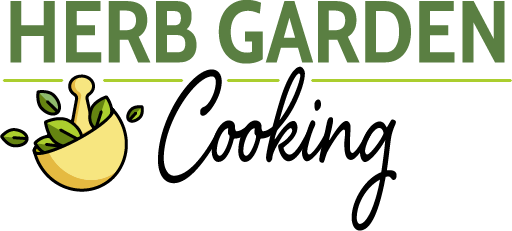This post may contain affiliate links which means I may receive a commission for purchases made through links. I only recommend products that I have personally used. As an Amazon Associate I earn from qualifying purchases. Learn more on my Private Policy page.
Parsley is a common culinary herb that is used in a wide variety of recipes. Understanding how to measure it correctly can make a significant difference in the flavor and appearance of your dishes.
When measuring fresh chopped parsley, ¼ cup of leafy parsley is equivalent to 1 ½ Tbsp of chopped parsley. Measure parsley by filling your cup or spoon to the brim with the herb, tap to settle, and lightly press without compacting to remove air gaps.
Let’s dig deeper into how to properly measure parsley and the differences between curly versus Italian flat-leaf parsley and fresh parsley versus dried.
Table of Contents
See my Comprehensive Guide to Parsley for a deeper dive into this aromatic herb.
Essential Parsley Measurement Conversions
When measuring fresh parsley for your recipes, it’s important to consider the parsley type (curly vs. Italian), its preparation (chopped or not), and the measurement specified in the recipe (bunch, sprig, 1/4 cup, tbsp, etc.).
The table below shows some common unit measurements for curly and Italian (flat-leaf) fresh parsley and conversions between them.
| Parsley Unit | Leafy Herb | Finely Chopped |
|---|---|---|
| 1 bunch curly parsley (~2 oz) | 4-5 cups | 1 ½ cups |
| 1 bunch Italian parsley (~2 oz) | 4 cups | 1 ½ cups |
| 1 sprig curly parsley | ¼ cup | 1 ⅓ – 1 ½ Tbsp |
| 1 sprig Italian parsley | 1 Tbsp | 1 tsp |
| ¼ cup fresh curly parsley | ¼ cup | 1 ⅓ – 1 ½ Tbsp |
| ¼ cup fresh Italian parsley | ¼ cup | 1 ½ Tbsp |
How Much is a Bunch of Parsley?
A bunch of parsley is typically between 20 and 30 sprigs that are between 4 and 6 inches in length.
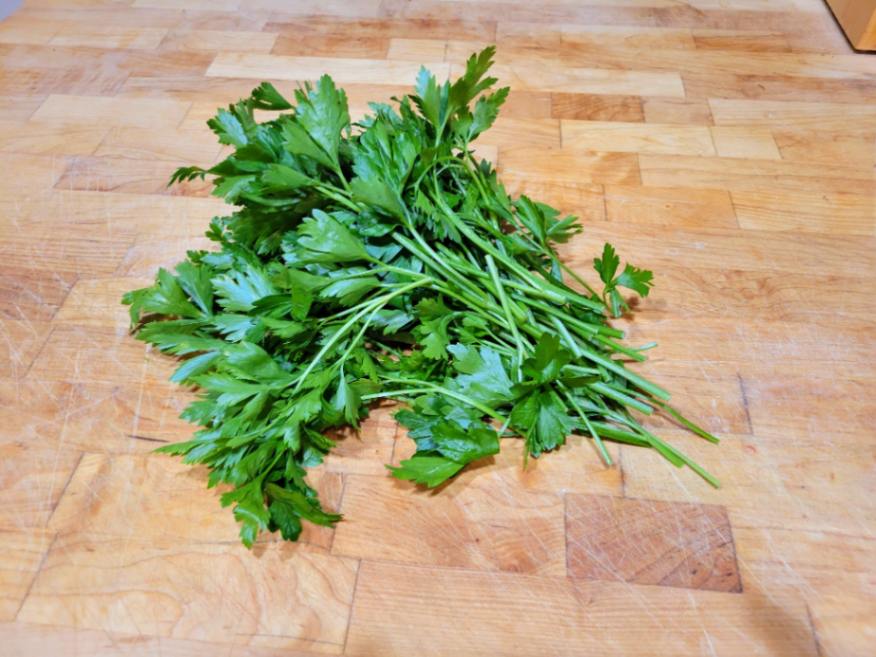
Generally speaking, a bunch of curly or Italian parsley weighs between 2 and 2 ½ ounces.
If you’re getting your fresh parsley from a grocery store, bunch sizes can vary depending upon the type of parsley (curly vs. flat-leaf) and the store you’re buying from.
In my experience, I’ve found that a bunch of Italian, or flat-leaf, parsley may be closer to 30 sprigs, while bunches of curly parsley are closer to 20 sprigs.
Once the leaves are removed from the stems, a bunch of Italian or flat-leaf parsley will be around 4 cups by volume of leafy herb (not chopped).
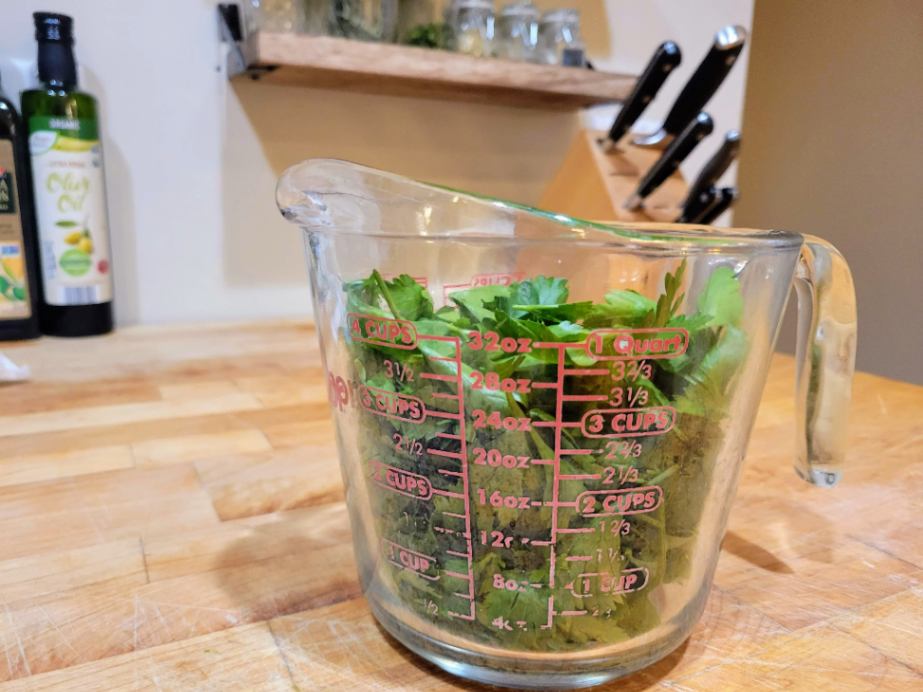
A bunch of curly parsley with leaves removed from stems is between 4 and 5 cups in volume of leafy herb (not chopped). Curly parsley occupies more volume than Italian parsley due to it’s fluffier leaves, as it doesn’t compress as much as it’s flat-leafed sibling.
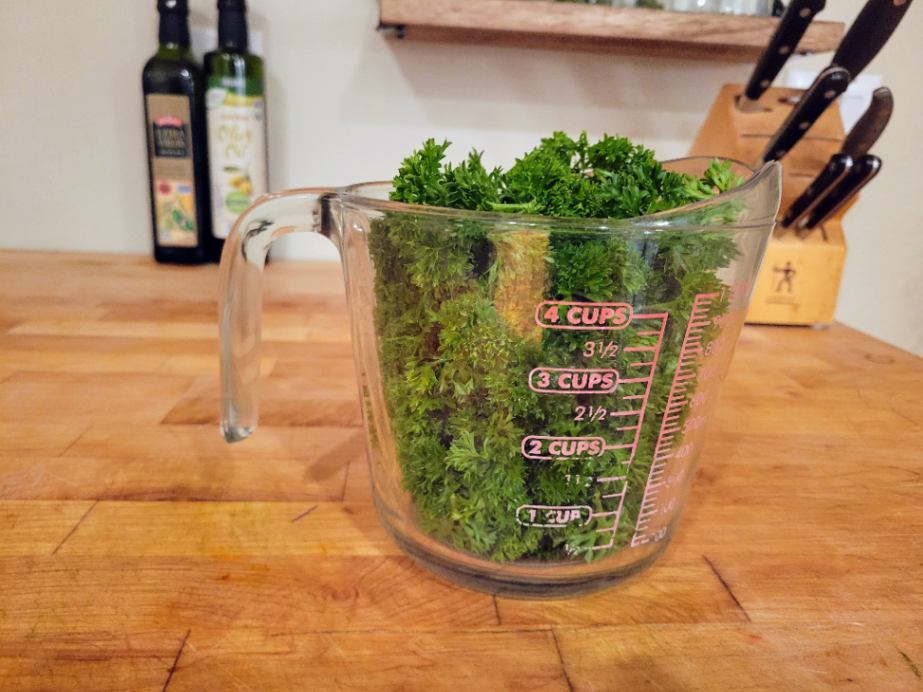
When finely chopped, a bunch of either curly or Italian parsley will yield about 1 ½ cups.
How Big is a Sprig of Parsley?
A sprig of parsley is a single branch of herb between 4-6″ in length. A sprig of parsley typically has anywhere from 8 to 12 clusters of leaves.
How Much is a Sprig of Italian Parsley
For Italian parsley, one sprig is roughly equivalent to 1 tablespoon, while finely chopped Italian parsley amounts to about 1 teaspoon.

It’s important to note that parsley measurements will vary quite a bit depending on the size of the sprig.
How Much is a Sprig of Curly Parsley
When it comes to curly parsley, a single sprig equals approximately ¼ cup, but finely chopping it reduces the volume to roughly 1 ⅓ – 1 ½ tablespoons.

Again, the actual parsley measurements will vary based on the size of the sprig of parsley.
Measuring Curly vs. Italian Parsley
Measuring curly parsley compared to Italian parsley involves considering their leaf shapes and sizes. The ruffled leaves of curly parsley take up more space than the flatter, broader leaves of Italian parsley.
As demonstrated above, when measuring unchopped, leafy parsley, a sprig of curly parsley measures ¼ cup, while a sprig of Italian parsley measures only a single tablespoon.
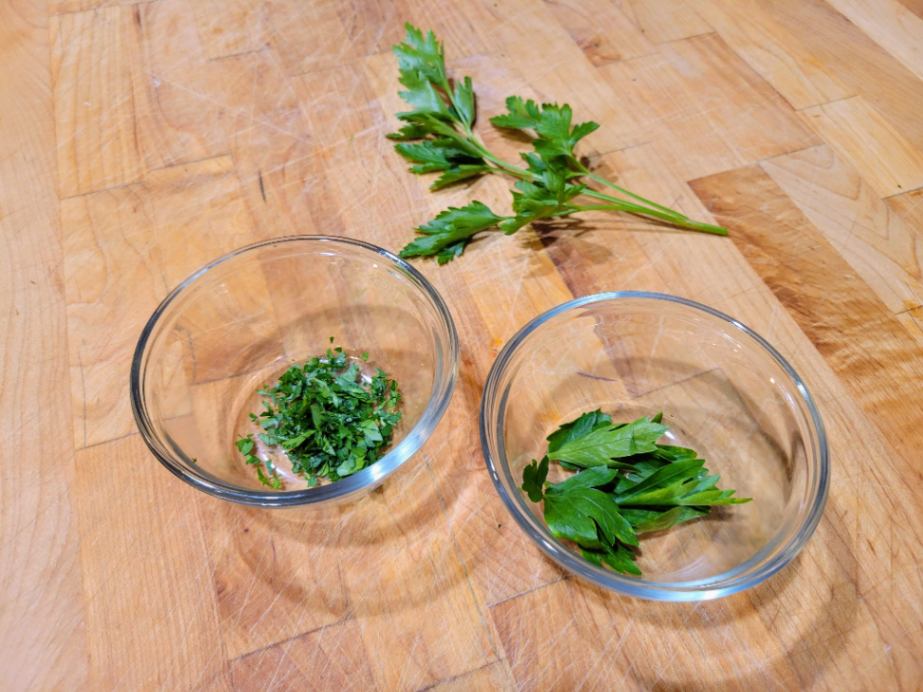
To achieve the same flavor profile as Italian parsley, you may need to use a larger quantity of curly parsley. This distinction in leaf structure should be considered when substituting one variety for the other, as it can impact both the taste and visual appeal of your recipes.
How to Measure Fresh Parsley by Volume
- To accurately measure parsley, start by filling a measuring cup or measuring spoon to the brim with the fresh herb.
- Next, gently tap the bottom of the cup or spoon against the counter to allow the parsley to settle evenly while ensuring no gaps or air pockets.
- Once settled, lightly press the parsley down until it reaches the top rim of your measuring cup or measuring spoon, being careful not to compress it forcefully.
This method helps you precisely measure and ensure you use the right amount of parsley for your recipe.
Can Dried Parsley Be Subtitued for Fresh Parsley?
You can substitute dried parsley for fresh parsley when cooking, but dried parsley has a more concentrated flavor, so you’ll need to use less of it. You should use 1 teaspoon of dried parsley for every 1 tablespoon of fresh parsley called for in a recipe, or about one-third the amount of fresh parsley.
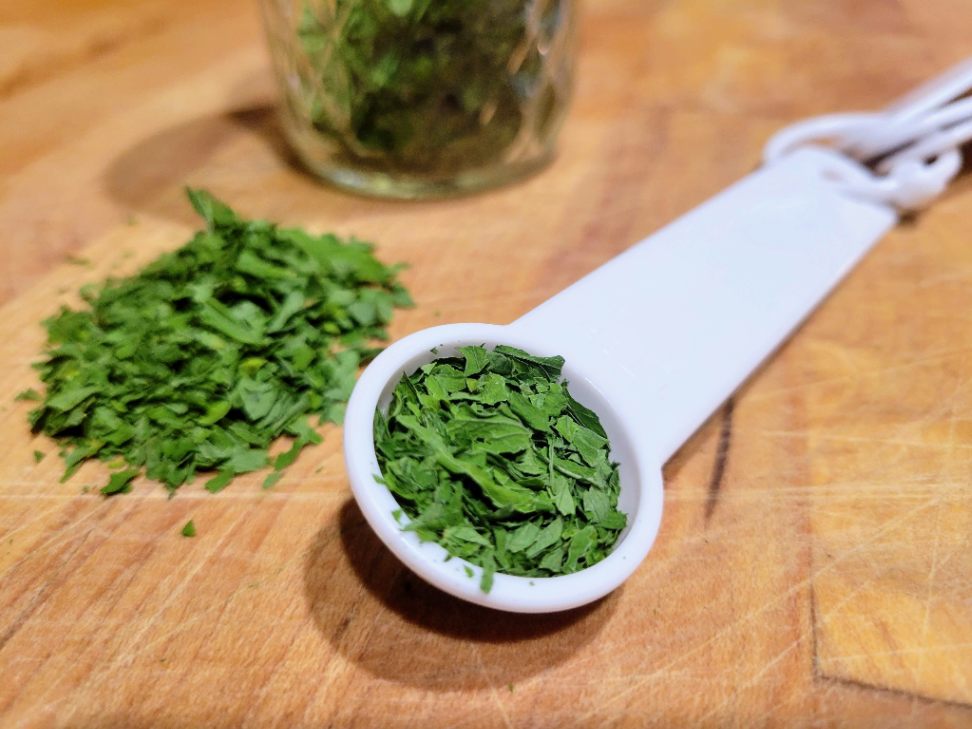
Additionally, dried parsley doesn’t provide the same fresh, vibrant color and texture as fresh parsley, so it may not be the best choice for garnishing dishes where appearance is important. However, for most dishes where parsley is used as a flavoring agent rather than a garnish, dried parsley can be a suitable substitute.
Check out my article on how to dry parsley for an in-depth comparison of parsley drying methods and to learn the best way to do so.
Measuring Parsley for Poorly Written Recipes
To ensure your recipes turn just right every time, it’s important to address poorly written recipes and cooking situations. Always double-check the measurements and instructions provided in a recipe before you start cooking. If something seems unclear, don’t hesitate to seek clarification and compare measurements to other reliable sources.
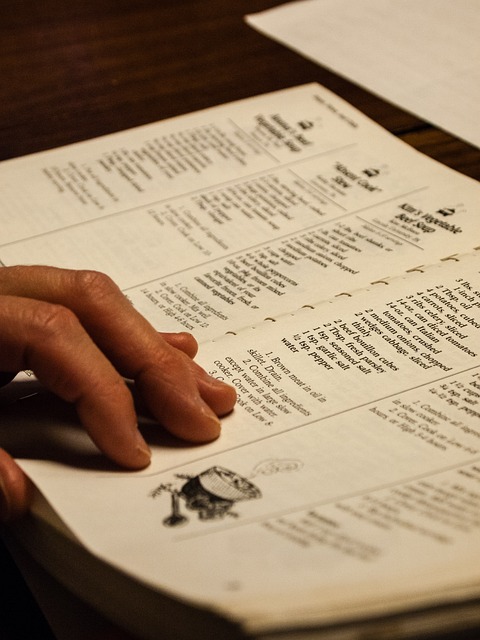
If a recipe calls for multiple cups of parsley, it’s probably referring to leafy parsley versus many cups of chopped parsley (unless it’s for a large amount of chimichurri or a parsley sauce).
Remember that cooking is an art as much as it is a science, so don’t be afraid to experiment and adapt recipes to suit your personal preferences. By following these guidelines and being mindful of the quality of your ingredients, you’ll be able to confidently measure parsley and create flavorful dishes that will impress anyone who tries them.
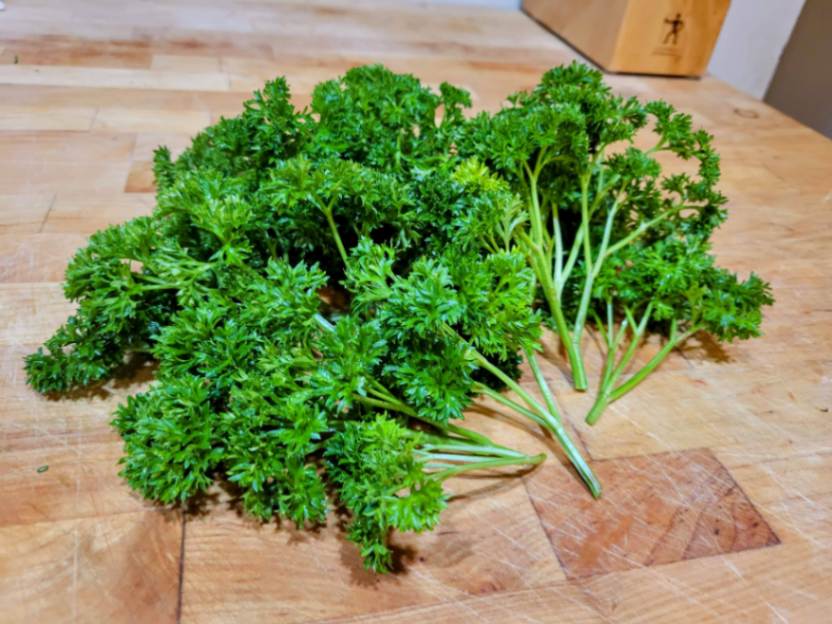
Frequently Asked Questions (FAQs)
How do you measure 1 cup of parsley?
To measure 1 cup of parsley, gently fill a measuring cup with fresh parsley leaves, allowing them to settle naturally. Do not compress the leaves. Ensure the parsley reaches the top rim of the measuring cup.
How do you measure dried parsley?
To measure dried parsley, use 1 teaspoon of dried parsley for every 1 tablespoon of fresh parsley required in your recipe, as dried parsley has a more concentrated flavor.
How many cups is 1 bunch of parsley?
One bunch of parsley typically yields around 1 ½ cups of finely chopped parsley and weighs around 2 ounces. The volume of a bunch of unchopped leafy parsley with just the stems removed will be between 4 and 5 cups, with Italian or flat-leaf parsley yielding closer to 4 cups and curly parsley yielding closer to 5.
Do you pack down parsley when measuring?
You should not pack down parsley when measuring. It’s important to measure parsley loosely, allowing it to settle into the measuring cup or spoon naturally by tapping it. Packing it down can result in an inaccurate measurement.
Last Updated on 5 November 2023 by Bob Lee
